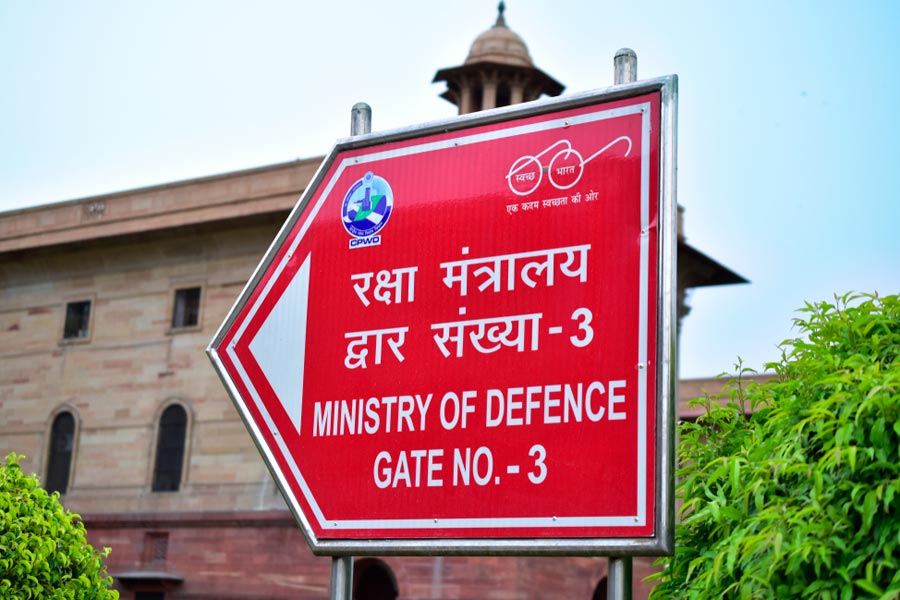Calcutta: A technique that uses helium to detect leaks in the water distribution network was launched in the city on Tuesday.
A 10-inch diameter pipe running under Khelat Babu Lane, to the east of the Tallah water reservoir in north Calcutta, is the first to have been fitted with the leakage-detection system. The pipe supplies water to Milk Colony, off Jessore Road.
Mayor Sovan Chatterjee inaugurated the water-loss management project, which will be implemented in wards 1 to 6, comprising areas such as Sinthee, Cossipore, Bibibazar, Lockgate and Milk Colony.
The Rs 212-crore project, funded by the Asian Development Bank and executed by Suez India Private Limited, will cover 202km of pipes.
Here's a low-down on the new system
Technology
Helium gas will be pushed into the distribution network in select places. Starting from the point where the gas is pushed into the network, engineers will dig holes 10mm in diameter on the road every 3m. If there is a leak in the pipe, helium gas will come out through it and try to escape through the holes.
Gadgets installed in the holes will read the volume of the gas coming out.
Alarm mark
A CMC engineer said 5ppm (parts per million) helium is present in the soil. "We have kept 7.5ppm as the threshold. Anything above it will indicate a substantial leak," a CMC engineer said.
Engineers will make more 10mm holes near the one through which gas above 7.5ppm comes out to detect the point emitting the maximum volume of gas.
"We will dig the area around the hole to detect the nature of the leak and take remedial measures," the engineer added.
Current practice
A subsidence on the road or experience of engineers was the only way to suspect a water leak. The road has to be dug to find out whether or not the pipeline underneath is leaking.
Why this project
A World Bank study had estimated that 40 per cent of potable water produced in Calcutta goes to waste.
"Timely detection of leaks is the first step towards equitable distribution of water across the city," a civic official said.
Why helium gas
Helium is a non-toxic and inert gas which will not affect the quality of water.











